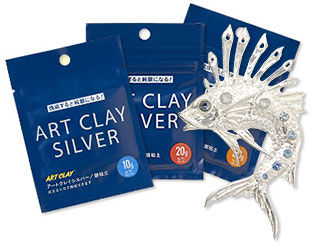Art Clay® Silver—Firing FAQ's
Art Clay Silver metal clay can be fired with a butane torch—sometimes. When? How? What happens after firing? Jewelry experts answer these and other questions in this FAQ.


